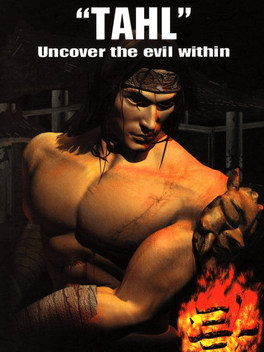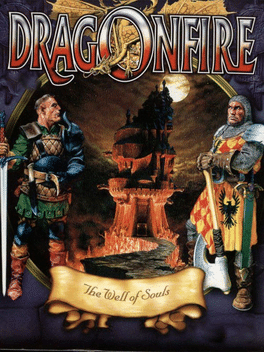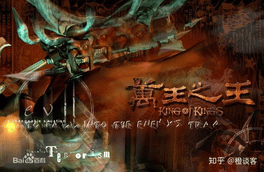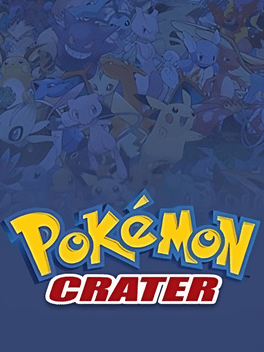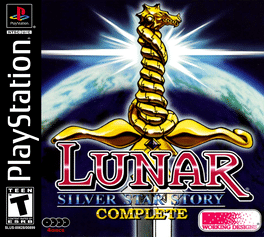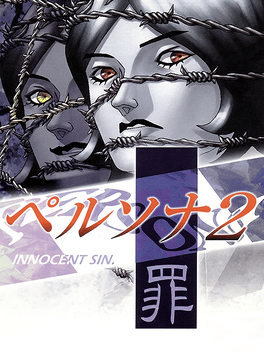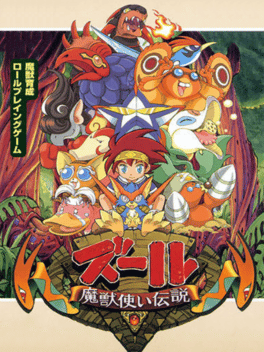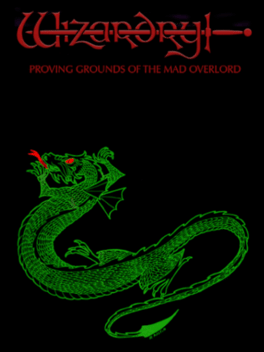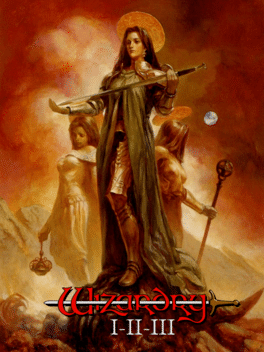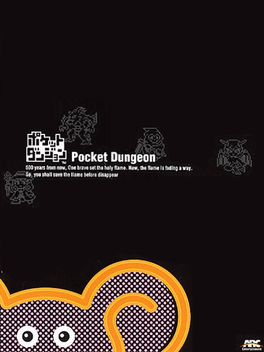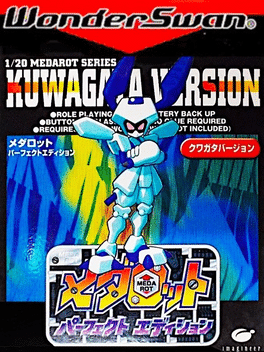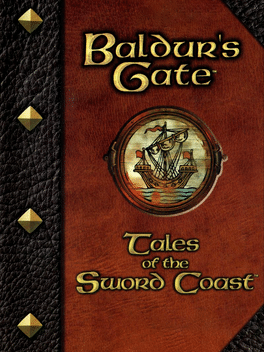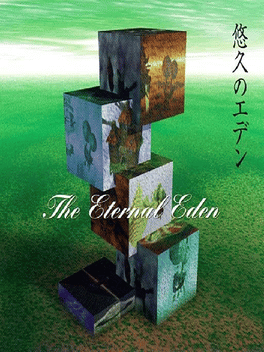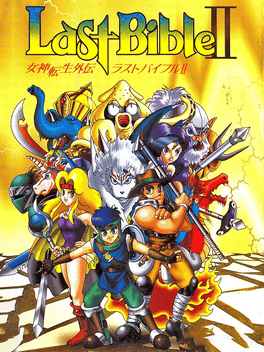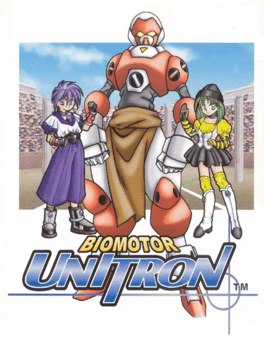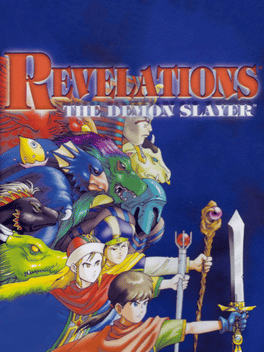New Role Playing Rpg Games - Page 237
-
Tahl: Uncover the Evil Within
1999
"Tahl": Uncover the Evil Within is an isometric action RPG dungeon crawler where the player fights against hordes of ghosts and demons from East Asian mythology using point-and-click controls. There is no safe hub, so the player has to survive using the loot gained from enemies alone. This makes the game close to a roguelike, even though the dungeons are not randomly generated. -
Dragonfire: The Well of Souls
1999
Based on the Swedish pen & paper RPG "Drakar och demoner", Dragonfire: The Well of Souls is an isometric RPG where you're tasked with defeating the evil arch magician Vicotnik, determined to conquer the world of Ereb Altor. -
King of Kings
1999
King of Kings
1999
King of Kings is a Chinese MMORPG first released in 1999 by DigiWin Software, based on a 1996 text MUD from National Tsing Hua University. Featuring large-scale PvP, guild warfare, and a classic fantasy setting. The original version ran until 2004, spawning sequels before shutting down in 2009 -
Pokémon Crater
1999
Pokémon Crater
1999
Pokémon Crater was an unofficial online Pokémon game that was played with just a mouse. The site was created by webmaster Aaron in 1999 and received numerous updates throughout the years, reaching version 7 before closing on December 1, 2007. The site was recreated as Pokémon Vortex in 2009. -
Lunar: Silver Star Story Complete - Collector's Edition
1999
Return to the world of LUNAR, in the completely reworked 32-bit version of the RPG classic. Journey back to a place where dragons yet live, and magic is valued above all else. Join Alex, the young adventurer, as he begins a quest with his friends to save their land from the crushing advance of the Magic Emperor. Explore Dungeons, fight terrifying monsters, and gather information from the locals as you advance toward the explosive encounter with the Magic Emperor himself! Exciting, menu-driven combat will keep you challanged until the last. And, thanks to the storage power of CD and the PlayStation's built-in movie player, LUNAR contains nearly an hour of incredible animation sequences that will get you involved in the story faster than you ever thought possible. Get ready for the ride of your life... -
Persona 2: Innocent Sin
1999
star 7.4Persona 2: Innocent Sin is a Japanese role-playing video game developed and released by Atlus It is the second entry in the Persona series and acts as a sequel to the original Persona. The original version was not localized for western territories, but the PSP version was released in North America and Europe under the title Shin Megami Tensei: Persona 2: Innocent Sin. Innocent Sin takes place in the fictional Sumaru City, focusing on a group of high school students from Seven Sisters High School. The main protagonist, Tatsuya Suou, and a group of friends must confront a villainous figure called the Joker, who is causing the spread of reality-warping rumors through the city. The group are aided in their quest by their Personas, personified aspects of their personalities. The gameplay features turn-based battle gameplay, where characters use their Personas in battle against demons, and a separate Rumor system, where rumors spread around the city can influence events in the characters' favor. -
The Mystic Dragoons
1999
The Mystic Dragoons
1999
The hero (a dragon knight blood boy) was born and raised in the Dragon field, and he will be involved in the war between the Dragon Knights and their rivals. The game begins when the small village where the hero lives and where they train and take care of the dragons is attacked by an evil army that killed most of the villagers and the dragons, but the hero, his friends and a little egg got to escape and soon the from the egg a dragon baby raises. The hero and his friends decide to go on a journey to take revenge and destroy that evil army, but things will be an easy task for sure... As a Dragon knight he can control the Dragons and ride them. He will have to use the help of his friends and the dragons to come along throught the story. The game features beautiful 2d cartoon graphics and the classic turn based rpg in the battle part. -
Zoor: Majuu Tsukai Densetsu
1999
A role-playing video game for the Nintendo 64. Battles take place in realtime and the player's party is built out of monsters they train. -
Wizardry I-II-III: The Story of Llylgamyn
1999
This rare game, never released outside of Japan, combines the original Wizardry trilogy into one game, updating the graphics and music from the Famicom and PC originals. Players who complete a chapter can transfer their party to to the next chapter. -
Monster Complete World
1999
Monster Complete World (ソフトモンスターコンプリワールド). The player controls a young kid that have to start his journey buying a pet and after that he will explore the land in search of new pets. The battle system is like this: You order different kind of attacks to your pet and when you see that the enemy is weak enough you can try to catch it to join it to your party. The monsters you catch will join your party and can be used in the next battles. The player can also buy different kind of goods to cure his pets or improve them. -
Pocket Dungeon
1999
-
Medarot: Perfect Edition - Kabuto Version
1999
Medarot: Perfect Edition - Kabuto Version is a Role-Playing game, developed by Natsume and published by Imagineer, which was released in Japan in 1999. -
Medarot: Perfect Edition - Kuwagata Version
1999
Medarot: Perfect Edition - Kuwagata Version is a Role-Playing game, developed by Natsume and published by Imagineer, which was released in Japan in 1999. -
Baldur's Gate: Tales of the Sword Coast
1999
star 8Continue you travels on the Sword Coast with the next set of adventures in the award-winning Baldur's Gate roleplaying game series. Legends of treasures lost and monsters to be defeated abound in the region. Almost all have at least some basis in truth. Are you up to the task? Will you return with even more fame than you accumulated in your previous travels? Or will you journey off; never to be heard from again-the source of your own legend in turn...? -
Megami Tensei Gaiden: Last Bible II
1999
Megami Tensei Gaiden: Last Bible II is a role-playing video game series developed by Multimedia Intelligence Transfer, Sega, and Menue, and published by Atlus and Sega for multiple platforms. Players explore the game world and fight monsters in menu-based battles; players can also attempt to recruit monsters to their party, and can fuse two allied monsters into a single new one to try to get stronger monsters. -
Biomotor Unitron
1999
Biomotor Unitron
1999
Using the ore mined from the Unitice meteor, humans have been able to develop the man-shaped robots known as UNITRONS. As a Unitron master, you control one of these mighty machines as you explore mysterious dungeons and fight for the ultimate prize in the Unitron Arena! Create - Collect - Trade! Build your own weapons for your Unitron using Arms and Material. There are over 200 possible combinations! Battles against fearsome monsters and skilled Unitron masters await you! If you can defeat them all, you too can become... The Master of Masters! -
The Kingdom of Syree III: The Depths of Hell
1999
The third chapter in The Kingdom of Syree saga, The Depths of Hell continues the adventures of the Lord Champion of Syree. With the order in the realm reestablished after the new Keeper of Power is found in Black Magic, the brave hero decides to travel around and see the world. However this journey is soon interrupted by a messenger from King Telbor who demands the Lord Champion's immediate return to Syree, for a new threat has risen: hellish demons are invading the land of Sheol, and the gateway from which they come must be sealed to stop them.
